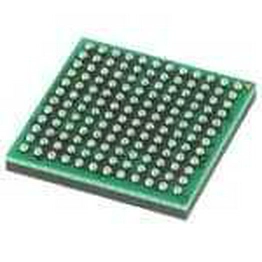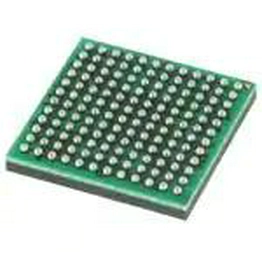RF Mixers
Results:RF Mixers Results:
Comprehensive
Price Priority
Stock Priority
Image
Part Number
Manufacturer
Description
Availability
Unit Price
Quantity
Operation

SEMTECH
General Purpose 3V~3.6V Supply QFN-68 SMD mount
Quantity: 2
Ship Date: 8-12 working days
1+ $427.1428
10+ $427.1428
20+ $427.1428
50+ $416.9252
-
+
Ext. Price: $427.14
MOQ: 1
Mult: 1
SPQ: 1

SEMTECH
22μA 1.7V~2V Supply SMD mount 1.69mm(length)*920μm(width)
Quantity: 472
Ship Date: 6-13 working days
1+ $1.9895
10+ $1.633
50+ $1.551
100+ $1.3284
500+ $1.2285
1000+ $1.1865
2000+ $1.176
3000+ $1.0815
-
+
Ext. Price: $1.98
MOQ: 1
Mult: 1
SPQ: 1

SEMTECH
General Purpose 3V~3.6V Supply QFN-68 SMD mount
Quantity: 8
Ship Date: 3-12 working days
1+ $438.805
5+ $438.805
-
+
Ext. Price: $438.80
MOQ: 1
Mult: 1

SEMTECH
Broadcast Television I²C Interface FCBGA-144 SMD mount
Quantity: 1
Ship Date: 8-12 working days
1+ $2008.9612
10+ $1047.8
20+ $1007.5
50+ $983.32
-
+
Ext. Price: $2008.96
MOQ: 1
Mult: 1
SPQ: 1

SEMTECH
Broadcast Television I2C Interface FCBGA-144 SMD mount
Quantity: 0
Ship Date: 7-12 working days
-
+
Ext. Price:
MOQ: 1
Mult: 1
SPQ: 1












